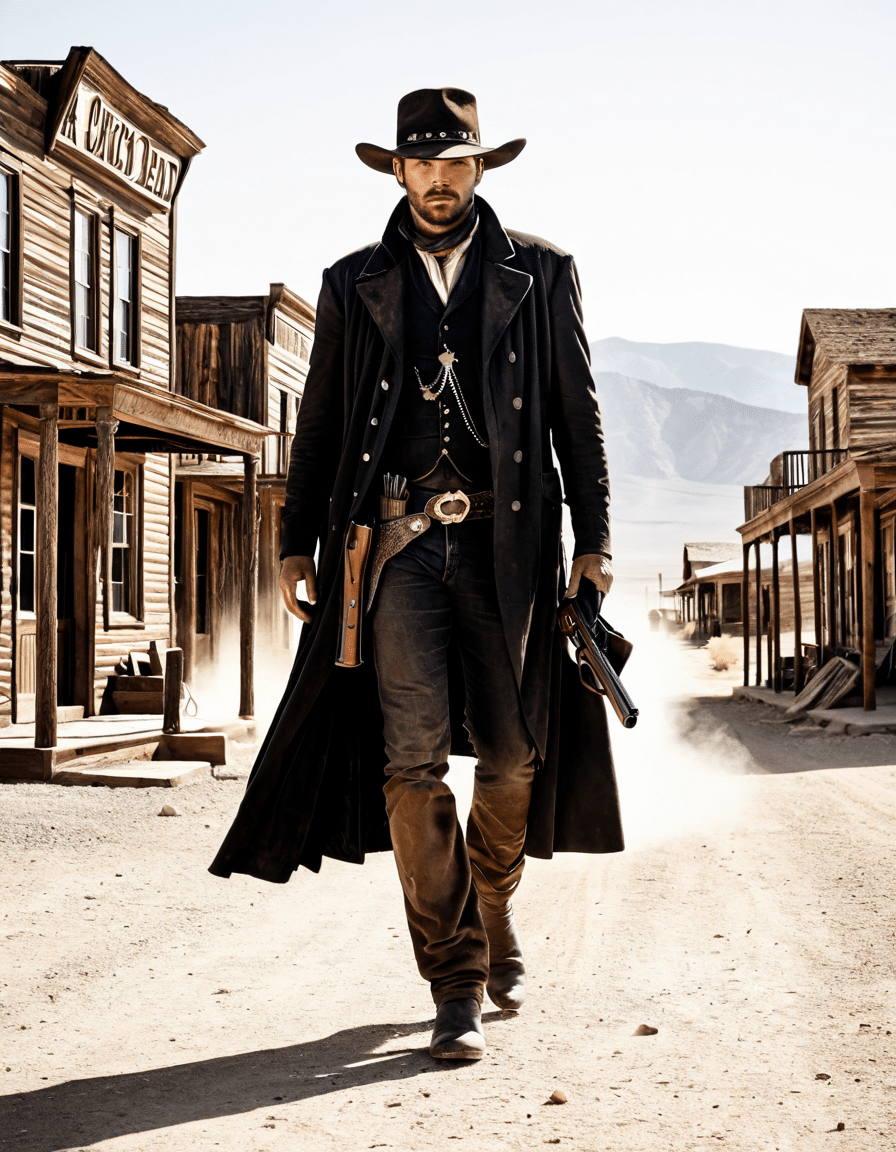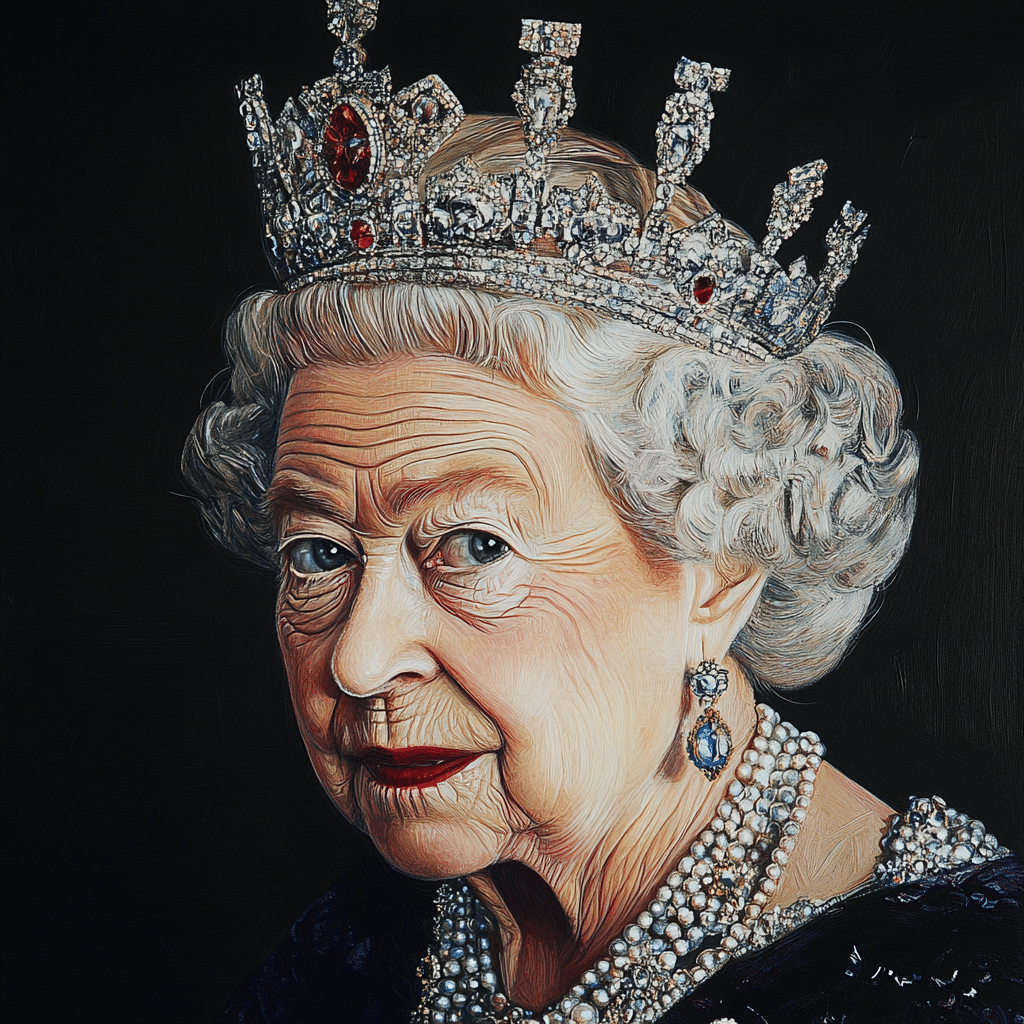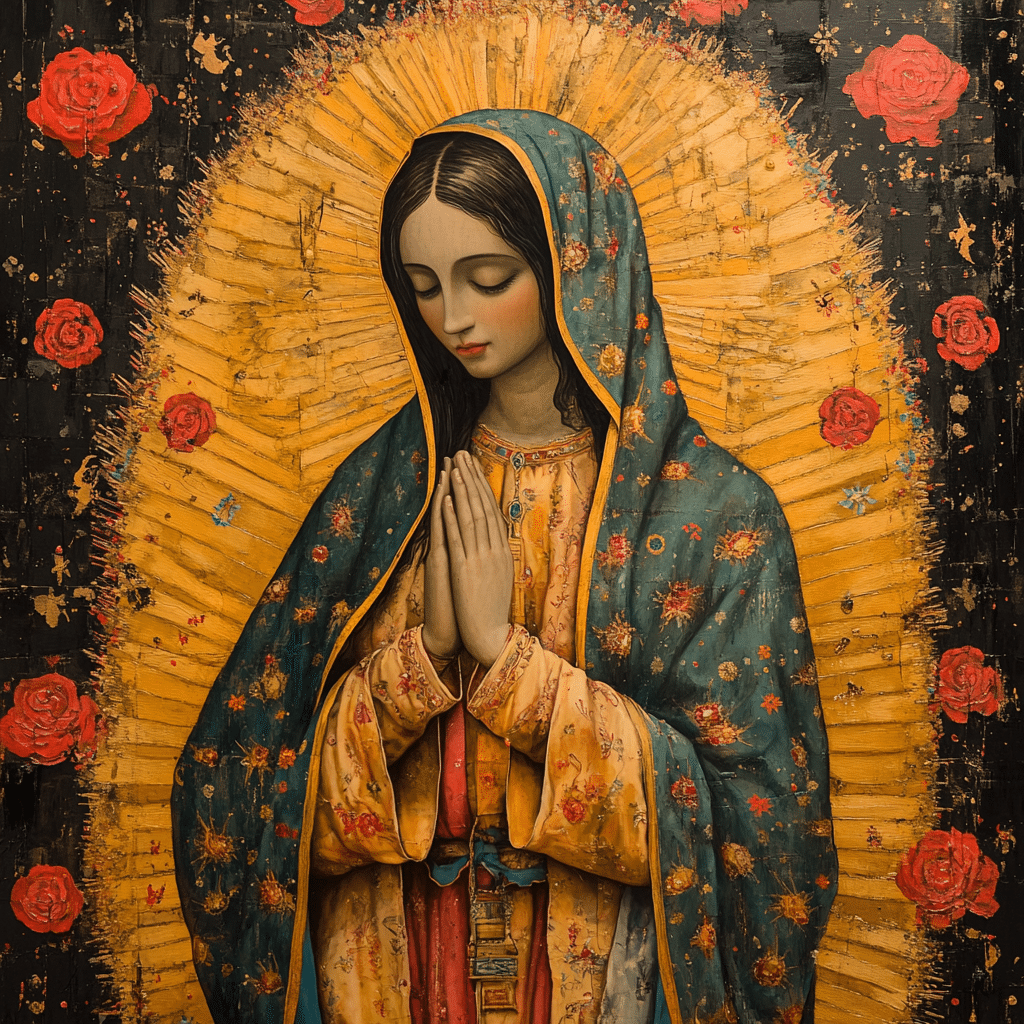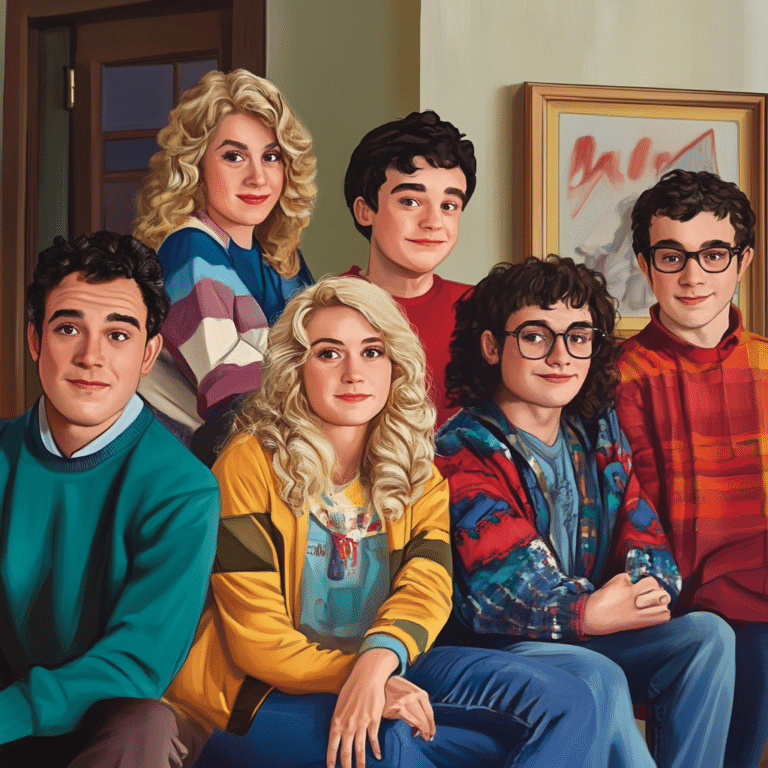Jimmy Conway—famous for his portrayal by Robert De Niro in Martin Scorsese’s epic film “Goodfellas”—is a name that just rolls off the tongue when we talk about organized crime. Born James Joseph Conway in 1930 in the Bronx, New York City, Jimmy’s upbringing was anything but ordinary. Growing up in a rough environment shaped him into a character who thrived on chaos and risk, which eventually led him down a dark, winding path. His “career” began with petty crimes, quickly escalating into something much more serious as he joined the infamous Lucchese crime family. Both charm and cunning were his best friends as he maneuvered through the criminal underworld, especially during the mob’s golden years in the 1970s.
Interestingly, what made Jimmy Conway stand out wasn’t just his criminal deeds—oh no, it was his knack for working the social scene. He had that magnetic charm that drew people to him, but don’t be fooled; behind that façade, there lingered a ruthlessness that would eventually contribute to his downfall. Originating from the Bronx, a melting pot of culture and crime, Jimmy became something of a legend, a man whose name would echo through the annals of Mafia history like the cabbie’s honk in New York traffic.
But let’s not get too lost in the glamour of Conway’s life. The reality is, every high roller has a downfall. Conway’s life was a perfect storm where ambition collided with betrayal, and the consequences were as real as the harsh streets he roamed. So, buckle up as we dive into the critical events that shaped him from a petty thief to a notorious mob figure and ultimately led to his demise.
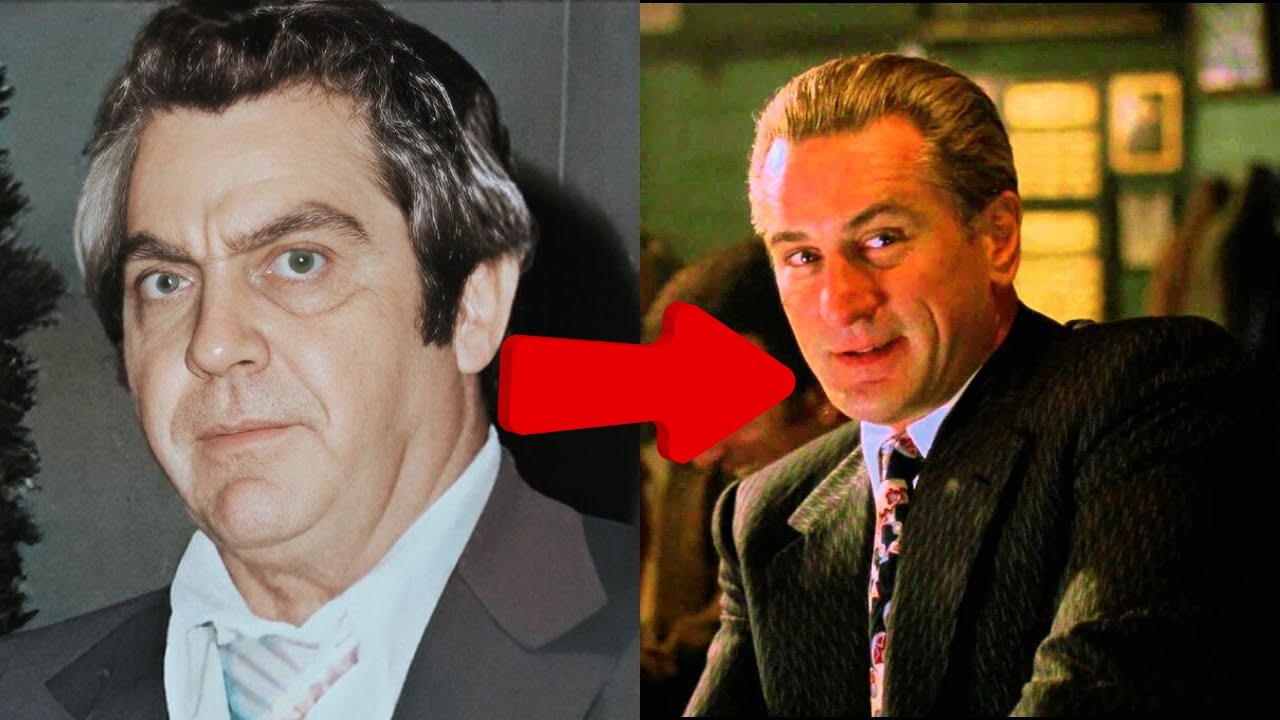
Top 5 Critical Events in Jimmy Conway’s Criminal Career
To really get a feel for why Jimmy Conway is such a significant figure in Mafia lore, let’s dig into five pivotal events that defined his colorful yet tragic career:
Now, if you’ve seen “Goodfellas,” you know all about this notorious heist. Jimmy and his crew managed to swipe a jaw-dropping $5 million from John F. Kennedy Airport. The ingenuity behind the planning was almost as impressive as the audacity required to pull off such a daring crime. When you think of mobster legends, this heist has to be near the top of the list—not just for the money involved, but for how it cemented Jimmy’s reputation as a criminal mastermind.
Enter Henry Hill, played by Ray Liotta, who became Conway’s right-hand man. Their partnership was a heady mix of loyalty and betrayal, which is kind of like jazz music—smooth and chaotic all at once. Their close-knit alliance made waves within the Lucchese family but later turned sour, showcasing the fickle nature of trust in the Mafia world that often leads to tragic endings.
Here’s where things get twisty! Jimmy Conway and Jimmy Burke (another character played by the incredible Paul Sorvino) had a complex relationship that ended in betrayal. Burke, a notorious enforcer, turned against Conway—a classic case of “watch your back.” It illustrates how in the Mafia, friendships can dissolve faster than you can say “double-cross.”
Reality knocked at Jimmy’s door when he faced robbery charges in the 1970s. His time in the slammer presented a different picture of life for a mobster, with crime lords squabbling and alliances unravelling like spaghetti. This period catalyzed the strain in his relationships and foreshadowed his eventual fall from grace.
The final nail in the coffin came when Henry Hill decided to drop a bombshell—he would smear Jimmy and the crew by turning informant. This act sent shockwaves through the organization, highlighting that loyalty can be as fickle as a New York summer rain. Henry’s actions not only altered his own fate but sealed Conway’s doom, leading to that infamous courtroom scene that every mob movie loves to play out.

The Psychological Profile of Jimmy Conway: An Analysis of His Rise and Fall
When we analyze Jimmy Conway, we find a character woven from the fabric of charisma, ruthlessness, and a hint of brilliance. This cocktail helped him ascend the Mafia rungs, but it also had a shadowy side that ultimately led him to self-destruction. His supernatural ability to charm enemies and allies alike was part of what allowed him to float to the top. Unfortunately, this same charm blinded him to the dangers brewing among those closest to him.
Confident and often brash, Jimmy exuded the air of a man in control. Yet, imagine being in a high-stakes game of poker where nothing is as it seems, and you can’t quite read the cards. That was his life! At times, this inability to gauge the intentions of those around him proved fatal. In the underbelly of organized crime, where trust is a rare commodity, this flaw laid the foundation for many of his misfortunes.
Ironically, Jimmy embodied the classic mobster archetype of “too big to fail,” only to learn the hard way that pride often sets the stage for a tragic downfall. He built a world that, while filled with power, respect, and wealth, found itself teetering on a tightrope, leading to an intricate web of betrayals and deceit. You can’t help but feel a tad sympathetic, even if Jimmy was chasing the wrong dreams.
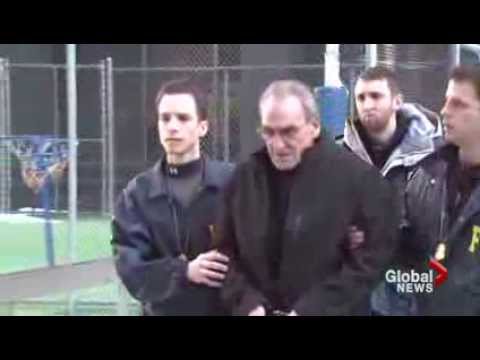
The Legacy of Jimmy Conway: Impact on Popular Culture and Society
Even after his demise, Jimmy Conway’s legacy lives on—larger than life and deeply embedded in our popular culture. Films like “Goodfellas” have catapulted his story to incredible heights, turning him into an almost mythical figure. His existence reflects not just the gritty truth of organized crime but also a societal fascination with the mafia lifestyle, showcasing the blurred lines between right and wrong.
Audiences are enchanted by Jimmy’s world, and it raises philosophical questions about morality: Are these mobsters anti-heroes, or just flawed individuals caught in a dangerous game? It’s a wild idea when you think about it! Conway became an emblem of the archetypal mobster: someone who mirrors our darkest desires for power but also the profound consequences that come with it. Joyride through his life, and suddenly you’re wrestling with the complexities of morality.
Culminating the narrative, Jimmy’s story is a poignant reminder of the allure of crime. It plays into our collective psyche—the sense of thrill and danger that creeps into our mundane existence. Yet, with this allure shines a bright spotlight on the darker side, painting a vivid picture of what happens to those who stray too far into the shadows. As each year goes by, the fascination with figures like Jimmy Conway is renewed, keeping his memory alive and urging the next generation to grapple with these powerful tales of crime, loyalty, and betrayal.

An Everlasting Influence
So, what’s the takeaway from the riveting saga of Jimmy Conway? He was a man of ambition, camaraderie, and ultimately, a series of costly choices. His life paints a vivid picture of the transient nature of power and the moral labyrinth that one must navigate in the world of organized crime. We want to share stories, especially ones about gangsters and mobsters, because they prick our curiosity in ways that other narratives don’t.
In 1996, Jimmy’s life came to an end due to cancer while imprisoned at Wende Correctional Facility. A tragic ending for a tragic figure, he left us with a tale that transcends mere crime lore. As we continue to explore the myths and legends of organized crime, Jimmy Conway’s impact reminds us that every choice holds consequences—and sometimes, it’s a game of life or death.
In the end, we’re left with questions. What pulls us into the lives of these infamous figures? Why do we feel compelled to research their stories, filling our minds with thrilling yet dangerous narratives? As we reflect on the life of Jimmy Conway, let That sink in—this is a tale of ambition, betrayal, and a legacy that’s as complicated as the streets he once ruled.
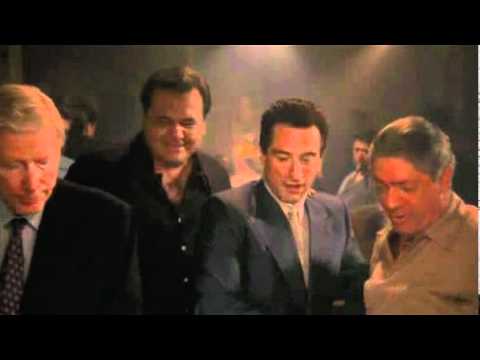
Jimmy Conway: The Infamous Mafia Figure and His Downfall
A Life of Crime with a Twist
Jimmy Conway, famously portrayed by Robert De Niro in “Goodfellas,” wasn’t just your average mobster. He was a key player in the Lucchese crime family, known for his charm and savvy dealings. But here’s a bit of interesting trivia: did you know that his real-life inspiration, James Burke, was connected to the infamous Lufthansa heist? This notorious robbery, which served as the film’s centerpiece, was a testament to how organized crime could achieve spectacular results. Just like how characters in Kill la Kill Mako showcase incredible transformations, Conway’s world was all about change—transitioning from petty crime to major heists.
Deals, Betrayals, and the Cost of Life
Speaking of transformations, Jimmy Conway’s rise was a tapestry of deals and betrayals. He was once a loyal associate, but as we know, loyalty can be a slippery slope in the mob life. This aspect is reminiscent of struggles faced by many, not just in crime but also in personal battles. For mothers dealing with trauma and addiction, navigating those emotional terrains can sometimes feel just as treacherous as a mobster’s life. Ironically, the tumultuous journey in the criminal underworld often mirrors the struggles of everyday life. At least he didn’t have to think about can You drink on Zoloft while getting through those days!
The Final Act: Conway’s Downfall
In the end, Jimmy Conway’s downfall felt almost theatrical—an unexpected twist that left everyone guessing. It’s a classic ‘what goes up must come down’ story. After years of living large, he became ensnared by law enforcement and the shifting alliances of crime. And like our friend Kanye East, who faces palpable ups and downs in his music career, Conway’s life was a rollercoaster. Audiences love a good comeback story, but the reality of Conway’s life is that there were no comebacks. Instead, he faced the consequences of a life steeped in crime.
Jimmy Conway’s saga serves as a cautionary tale about the price of ambition. His story echoes through pop culture, reminding us that loyalty, betrayal, and the quest for power can take unexpected turns, much like the fascinating journeys of Korean Girls getting their own stories told on screen. While Conway may have been a kingpin, his eventual fate serves as a reminder that the line between success and failure is often razor-thin, just like the delicate services provided by caring Friends home care to those in distress.

Did Jimmy Conway get released?
No, Jimmy Conway was never released from prison. He received a life sentence for murder and died in prison in 1996.
Was Jimmy going to whack Henry?
Yes, Jimmy was planning to kill Henry and his wife, Karen, but they were lucky enough to survive his attempt.
Why was Henry Hill removed from witness protection?
Henry Hill was removed from witness protection after he was convicted of cocaine trafficking in 1987, which led to his expulsion from the program.
What happened to Jimmy Conway from Goodfellas?
Jimmy Conway, portrayed in Goodfellas, was sentenced to life in prison for murder and died of cancer in 1996 while in custody.
Is Karen Hill still in witness protection?
Karen Hill is not in witness protection anymore. She divorced Henry in 1990, and their divorce was finalized in 2002.
How old was Jimmy Conway when he died?
Jimmy Conway was 64 years old when he died in April 1996.
Did Tommy know he was getting whacked?
Yes, Tommy must have had some sense he was in trouble, as everything was set up for his whacking, but he might not have seen it coming.
Why was Tommy killed?
Tommy was killed because he was a loose cannon and had recently killed a “made” man, creating a dangerous situation for the gang.
Where is Henry Hill now?
Henry Hill passed away in 2012, living out his later years initially in California after leaving witness protection.
How accurate is Goodfellas?
Goodfellas is considered quite accurate in its portrayal of mob life, though some elements were dramatized for storytelling.
Are any of the Goodfellas still alive?
As of the latest updates, none of the main characters from Goodfellas, including those involved with the real-life events, are alive today.
What happened to Henry Hill at the end of Goodfellas?
At the end of Goodfellas, Henry ends up in witness protection due to his cooperation with the authorities after the mob turned against him.
Was Paulie Banging Karen in Goodfellas?
No concrete evidence supports the claim that Paulie was involved with Karen in Goodfellas; it’s more of a fan theory.
How much did Henry Hill get from the Lufthansa heist?
Henry Hill reportedly took about $5 million from the Lufthansa heist, though the exact amount is a bit murky.
Who snitched on Tommy?
Tommy was snitched on by the mob, as his reckless behavior led to his assassination.
Where is Henry Hill today?
Henry Hill passed away in 2012, having left witness protection and lived a quieter life afterward.
What happened to Jimmy at the end of Goodfellas?
At the end of Goodfellas, Jimmy’s fate isn’t explicitly shown, but historically, he was sentenced to life and died in prison.
What happened to Jimmy Burke’s son?
Jimmy Burke’s son, who was also involved in criminal activities, faced his own legal troubles but is not as widely discussed as Jimmy himself.
Was Paulie Banging Karen in Goodfellas?
There’s no solid evidence that Paulie was involved with Karen in Goodfellas, though rumors and theories persist about their relationship.




